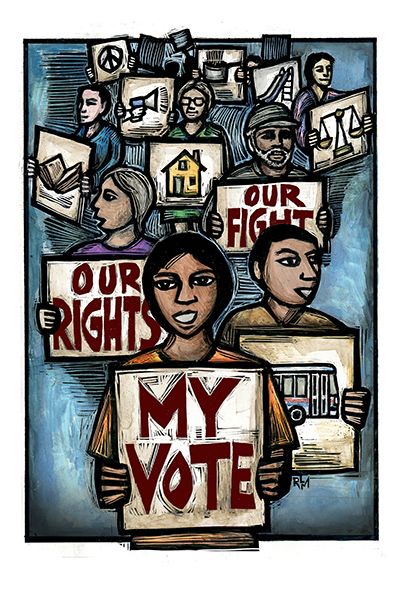“House Vote Breakdown: Who Voted and Why It Matters”
Understanding the House Vote Breakdown
The House vote breakdown is a detailed record of how each of the 435 members of the U.S. House of Representatives voted on a particular bill or resolution. These votes are usually recorded through a roll call vote, where the names of members and their positions – yes (in favor), no (against), present or not voting – are documented.
This information is publicly available through sources such as the Clerk of the House, Congress.gov and media outlets such as The Washington Post or The New York Times. For example, the recent vote on the “One Big Beautiful Bill” in May 2025 was by a slim margin of 215-214-1, with two Republicans voting against and one voting present, highlighting the controversial nature of the legislation.
Such a breakdown reveals not only the final outcome but also the individual stances of representatives, which may reflect party loyalty, ideological beliefs or constituent pressure.
Why the Breakdown Matters: Political Dynamics
Analysis of the votes reflects the political dynamics within the House, particularly the balance of power between the parties. In 2025, Republicans have a slight majority (218-214, three vacancies as of March), meaning they can afford some defections to pass legislation without Democratic support.
For example, the vote on the budget resolution in February 2025 passed 217-215, with all but one Republican voting in favor, reflecting near-unanimous party unity despite internal disagreements. In contrast, Democrats, led by Minority Leader Hakeem Jefferies, unanimously opposed bills such as the “One Big Beautiful Bill,” indicating a coherent strategy to oppose Republican-led initiatives.
These analyses highlight rifts within the parties, such as the push for more spending cuts by the House Freedom Caucus, and highlight decisive swing votes that can make or break a bill.
Individual Motivations Behind Votes
Analyzing the reasons why representatives vote a certain way reveals a mix of ideological, pragmatic, and constituent-driven factors. Hardcore conservatives, like members of the House Freedom Caucus, often vote against bills they consider insufficiently fiscally conservative, as seen in their initial opposition to the “One Big Beautiful Bill” because of its cost and Medicaid provisions.
Meanwhile, moderate Republicans from blue states pushed for adjustments like raising the state and local tax (SALT) deduction limit to $40,000 to benefit their constituents. Democrats, on the other hand, may oppose bills that protect social safety net programs like Medicaid or SNAP, as Jeffries emphasized, calling the bill a “reckless, regressive tax scam.”
Personal ideology, pressure from party leadership, or upcoming elections (e.g., the 2026 midterm elections) also influence votes, as representatives evaluate political risks against policy goals.
Implications for Policy and Governance
Analyzing votes has far-reaching effects on policy outcomes and governance. The passage or failure of a bill can reshape federal priorities, as seen in the “One Big Beautiful Bill,” which extended the 2017 tax cuts, expanded border enforcement, and cut social programs.
The analysis reveals which policies have bipartisan support or which have deep partisan differences, affecting whether a bill survives a Senate or presidential veto. For example, the Senate’s 51-50 passage of the same bill, with Vice President J.D. Vance casting the tie-breaking vote, underscores how small margins in both chambers can determine national policy. In addition, analyzing votes informs advocacy groups and lobbyists, who use congressional directories to target swing voters or committee leaders to shape future legislation.
Public Accountability and Transparency
Public access to vote analysis ensures transparency and accountability. Citizens can see how their representatives align with their interests, thereby promoting informed voting in future elections. Media outlets such as CBS News and The Washington Post provide detailed tables of votes, helping voters track representatives’ records.
For example, Representative Thomas Masses sole Republican dissent on a procedural vote for the “One Big Beautiful Bill” drew attention to his fiscal conservatism, which could potentially influence voters’ perceptions of him. This transparency also puts pressure on lawmakers to justify their votes, especially on controversial issues such as tax cuts or government shutdowns.
Share this content:




Post Comment